The Secrets to Making PERFECT Scrambled Eggs…
First of all, is there such a thing as a “perfect” scrambled egg? What does that entail, exactly? Well, it’s a matter of personal preference, of course, but generally (according to several professional and well-known chefs), the “perfect” scrambled egg is characterized by being tender, moist, and slightly fluffy, with a creamy texture and subtle sweetness.
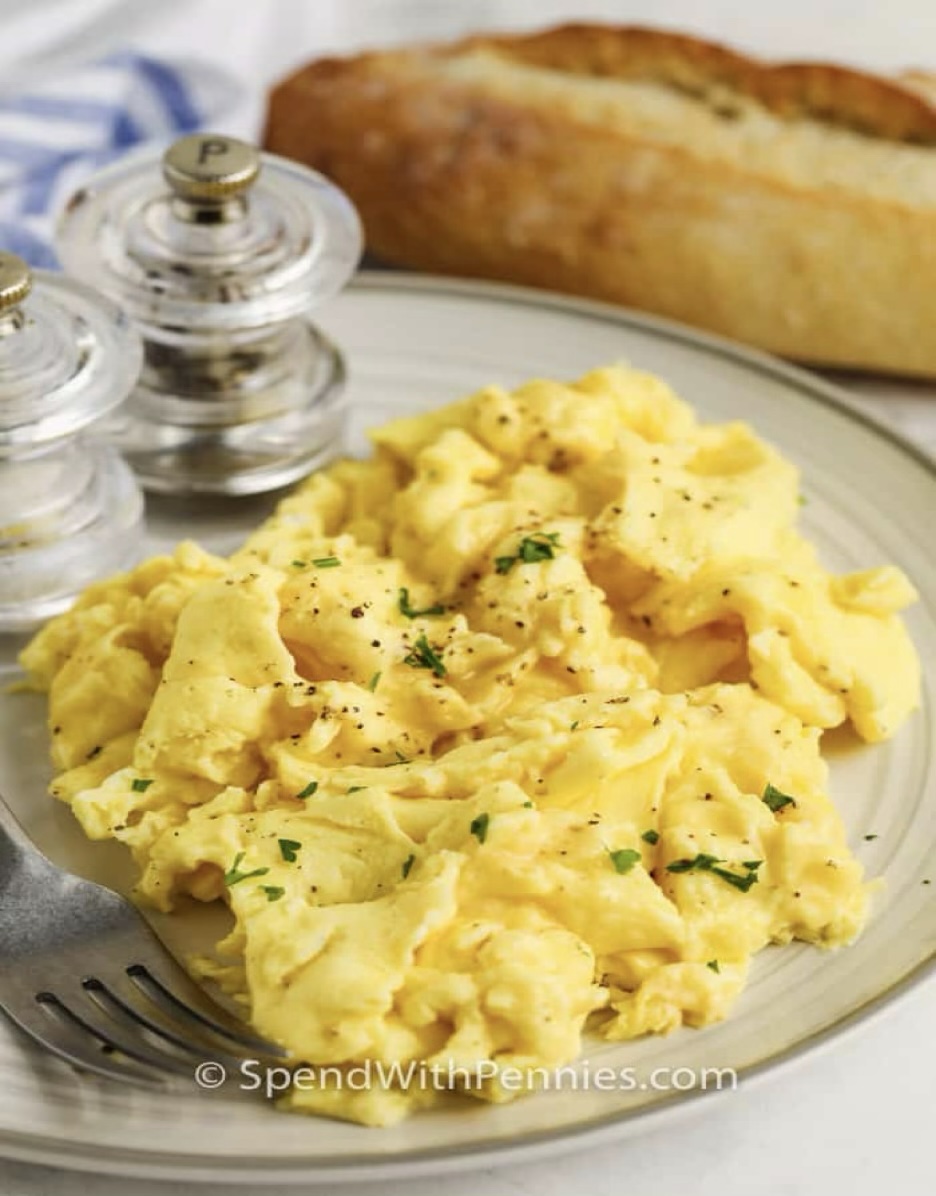
These pros agree that there are several secrets that contribute to making “perfect” scrambled eggs.
Let’s start with proper technique:
Gentle and constant stirring: Chefs agree that stirring or folding the eggs gently and constantly as they cook is essential. This keeps the curds small, delicate, and tender, resulting in a fluffier texture.
Whisking: The eggs should be vigorously whisked (in a bowl, not the pan) before cooking to incorporate air and promote an even consistency. You should see bubbles forming in the mixture. And by the way, LOTS of chefs argue a fork provides more control than a whisk.
Handle Minimally: Minimize stirring once the eggs start to set to preserve the air pockets created by whisking.
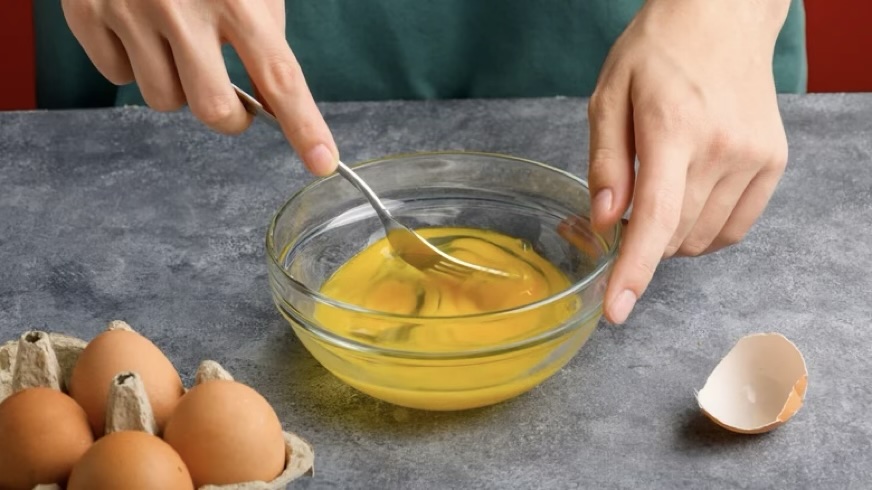
Then there are the ingredients and preparation:
Pre-salting: Adding salt to the eggs and letting them sit for about 15 minutes before cooking helps keep them tender and fluffy by preventing proteins from bonding too tightly.
Adding moisture: Adding a splash of milk, cream, or water to the eggs creates steam as they cook, resulting in a softer and more moist final product.
Butter: Use butter for cooking for a richer flavor and to help prevent the eggs from becoming tough. Use a small amount, about ½ to 2 teaspoons per egg.
Next comes the actual cooking process:
Low and slow: Cook the eggs over low to medium-low heat, as high heat can lead to a rubbery texture. Patience pays off with a creamier texture.
Don't overcook: Obvious, right? Not really. Most folks don’t know that the eggs should be removed from the heat when they are about 90% cooked and still slightly glossy and wet.
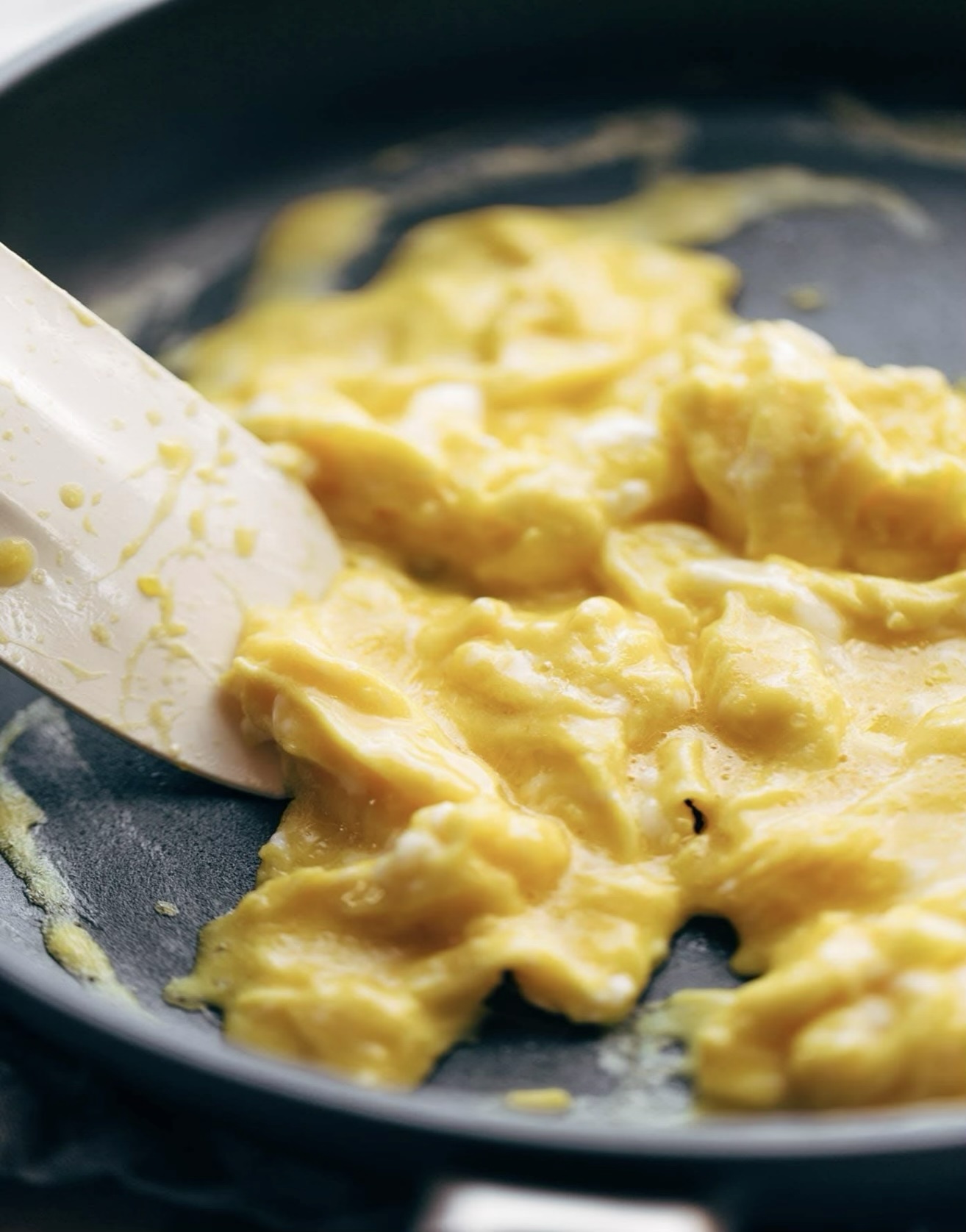
Carry-over cooking finishes them off. Removing them from the burner once they look done means they WILL overcook because of the just-mentioned residual carry-over heat.
Some cooks start by adding the butter and eggs to a cold pan, allowing them to heat up together slowly. This offers more control over the cooking process.
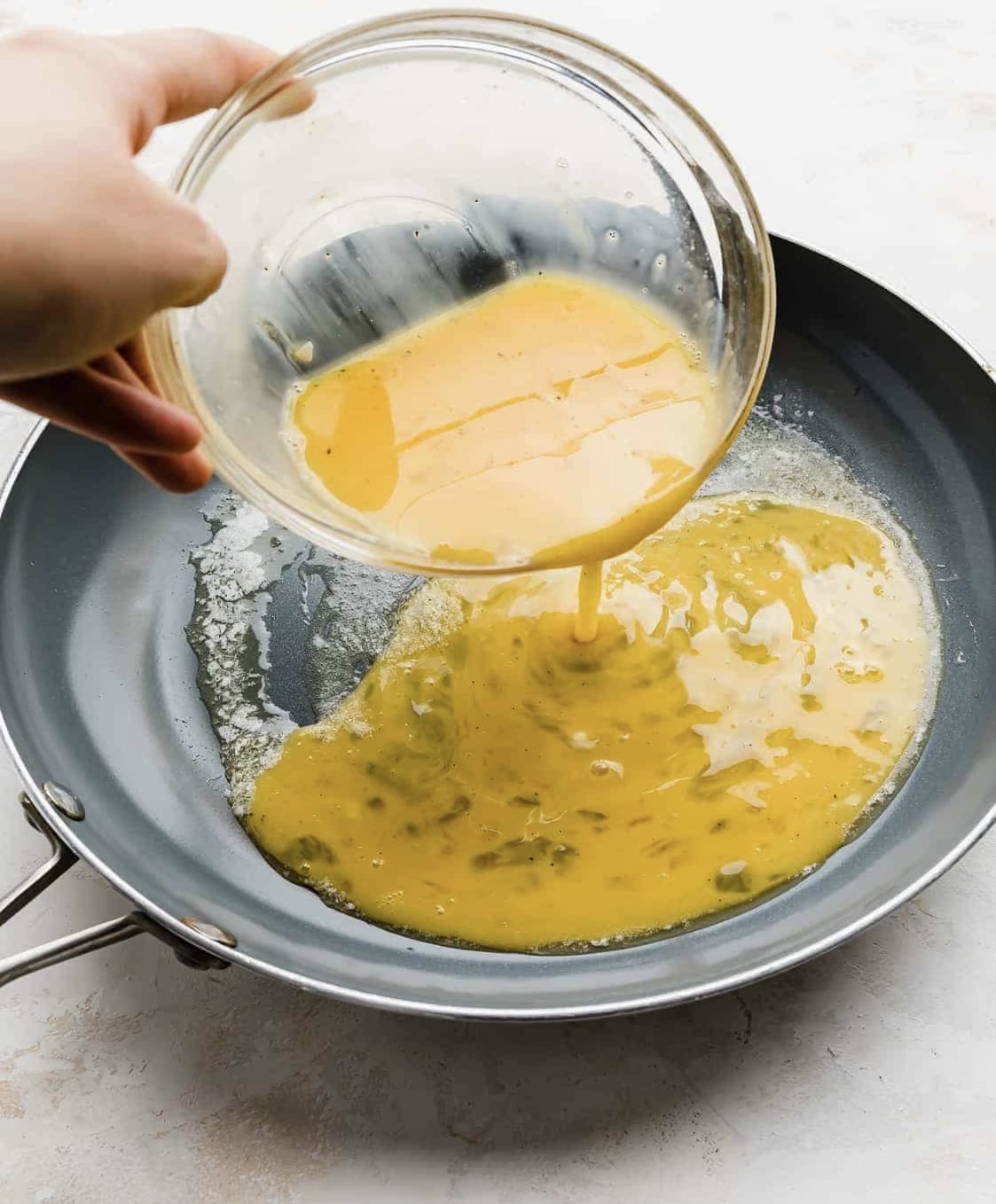
Pan choice: A thin, non-stick pan is recommended to allow for easy adjustment of temperature and to prevent sticking.
FYI, www.bestproductsreviews.com did a study of the 10 best scrambled egg pans of 2025 and they rated the Cuisinart 722-20 8-Inch Chef's-Classic-Stainless-Cookware-Collection, 8", Open Skillet a 9.9 out of 10. They said they loved it because it heats quickly and evenly, it’s dishwasher safe, and its stainless steel construction makes it especially durable. ($24.95 on amazon.com and at Walmart.)
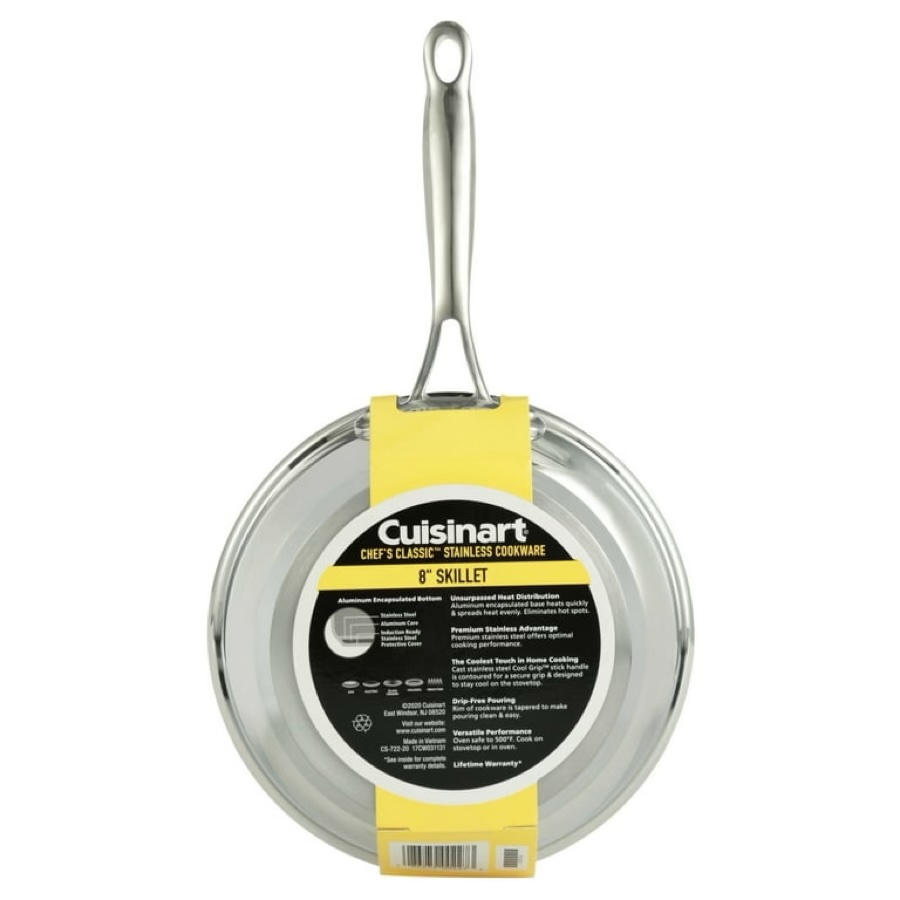
Finally, there’s the serving approach:
Serve Immediately. Scrambled eggs are best enjoyed immediately after cooking to maintain their ideal texture.
Several chefs say cooking “perfect” scrambled eggs is an art, just like creating the perfect omelet. Reading their opinions reminded me of a scene from the delightful movie, “The 100 Foot Journey.” Remember when our hero, Hassan Haji, was auditioning for Madame Mallory by cooking her an omelet? This was the first time I ever knew there was anything special about cooking eggs. Now we all know!
 Alice Osborne
Alice Osborne
Weekly Newsletter Contributor since 2006
Email the author! alice@dvo.com
